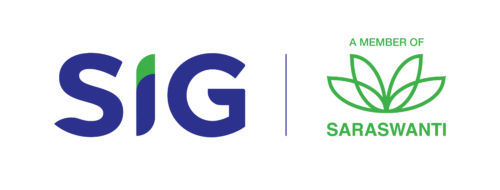AOAC 2017 & 2022 Dietary Fiber, Appropriate Methods for Accurate Results

Fiber is a type of carbohydrate that cannot be digested by the human body so it can help regulate the body’s use of sugar, helping to keep hunger and blood sugar in check. Great sources are whole grains, whole fruits and vegetables, legumes, and nuts (Institute of Medicine, 2005). Along with its development, the indigestible oligosaccharides (DP = 3-9) are also included in the definition of dietary fiber.
Dietary Fiber contained in food and drinks is able to absorb water and attract glucose, so it reduces the availability of glucose. This situation can reduce the blood glucose increase and keep it under control (Ministry of Health of the Republic of Indonesia).
PerBPOM No. 26 of 2021 About Nutrition Fact on the Processed Food Labels
If declared available carbohydrates, it must be accompanied by the analysis result of dietary fiber. Dietary fiber must be declared if it is present in significant quantities, more than 0.5 grams per serving.
How SIG Helps
As an ISO 17025 accredited laboratory, SIG success in developing a dietary fiber analysis (the latest CODEX definition covering oligosaccharides), FIRST IN INDONESIA, based on AOAC 2017.16 for total dietary fiber and AOAC 2022.01 for soluble and insoluble dietary fiber using a Rapid Integrated Assay that can overcome the limitations of the method of dietary fiber test by AOAC 985.29 and AOAC 991.43.
This method combines gravimetry for the detection of insoluble dietary fiber and high molecular weight soluble dietary fiber such as cellulose, lignin, and resistant starch, and HPLC instrumentation for the detection of refractive index to detect types of soluble dietary fiber with low molecular weight such as oligosaccharides: FOS, GOS, fructans, and inulin. So the dietary fiber content in the sample is calculated completely and accurately.
Library of Knowledge
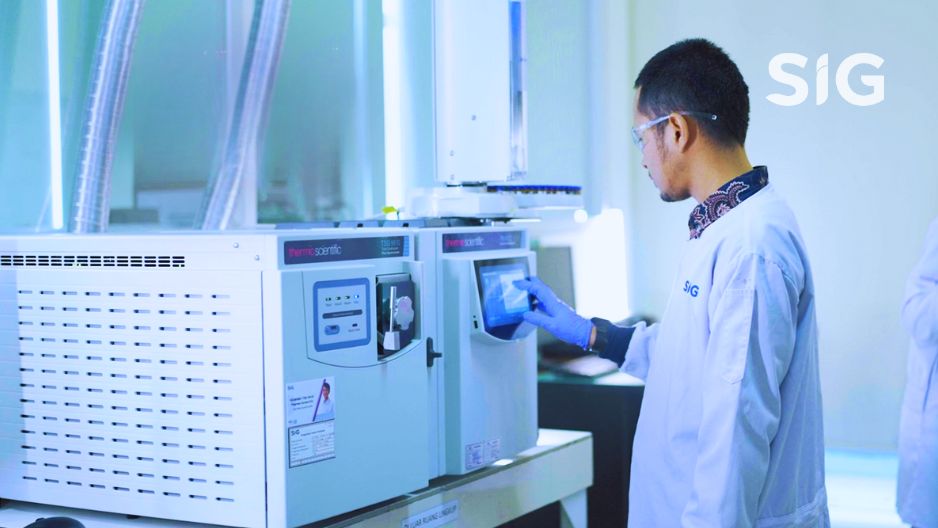
Ensuring Product Safety and Product Compliance with SIG Laboratory Testing
In the food, cosmetics, pharmaceutical, and various other industries—including even toys—ensuring product safety and regulatory compliance is a...
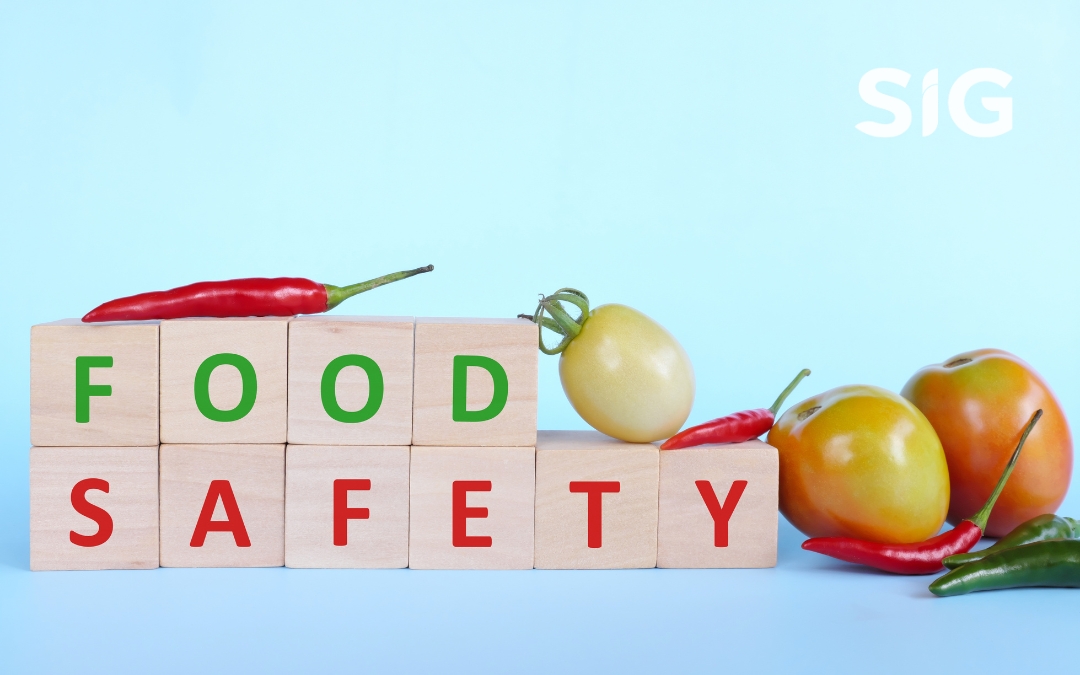
Food Safety: Why Is Laboratory Testing for Food Important for Health?
Food is a basic necessity in human life. People consume food every day to meet their nutritional needs, ensuring that the body functions properly....
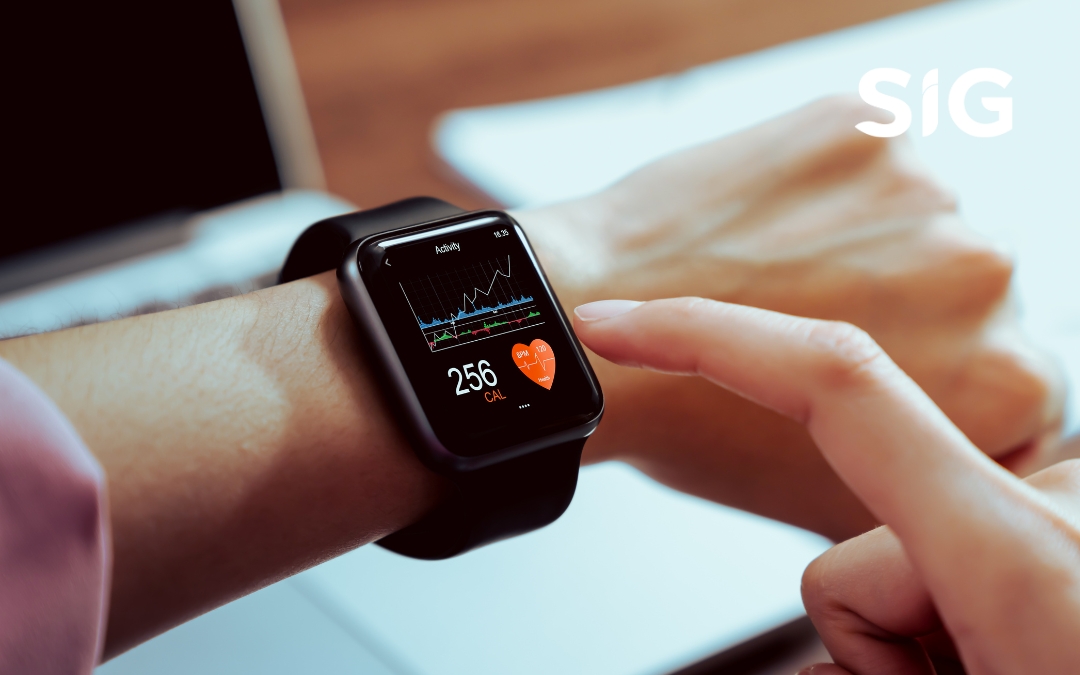
Make Sure Your Smartwatch Strap Does Not Cause Itching & Irritation with Toxicity Testing
Trends in Smartwatch Usage In recent years, the use of smartwatches has seen a significant increase. According to a survey by Rakuten Insight...
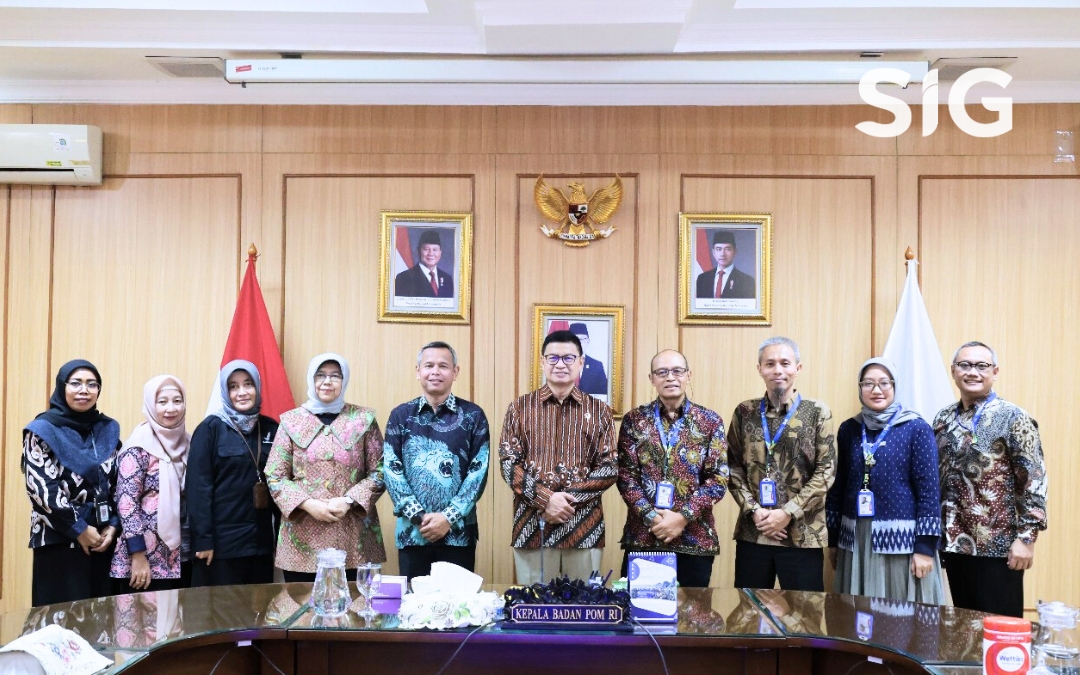
Audience with the Head of BPOM RI, SIG Ready to Support the Improvement of Product Safety & Quality in the Market
Jakarta, February 14, 2025 – SIG successfully held an audience with the Head of the Indonesian Food and Drug Authority (BPOM RI) to strengthen...
SIG Laboratory
Graha SIG, Jl Rasamala No. 20, Taman Yasmin, Bogor, Jawa Barat 16113.
Phone. +62 251 7532 348
WhatsApp. +62 82 111 516 516
Email. marketing@siglaboratory.co.id
SIG Jakarta
Jl. Percetakan Negara No. 52 B RT 006 / RW 001, Rawasari, Cempaka Putih, Jakarta Pusat 10570.
Phone. +62 21 2147 9292
SIG Medan
Jl. Bunga Asoka, Ruko Komp. Asoka Raya Residance No. 1, Medan Selayang, Sumatera Utara 20133,
WhatsApp. +62 822 7207 9665
Email. salesmedan.sig@saraswanti.com
SIG Semarang
Jl. Kanfer Raya Blok R No. 4 Pedalangan, Kec. Banyumanik, Kota Semarang, Jawa Tengah 50268.
Phone. +62 24 7004 0541
WhatsApp. +62 812 9000 5165
Email. cs.sigsmg@saraswanti.com
SIG Yogyakarta
WhatsApp. +62 896 4856 9422
Email. arifin.sig@saraswanti.com
Operational Hours
Monday to Friday
08.00 - 17.00 WIB.

FOLLOW US
